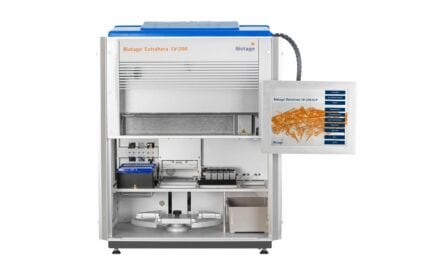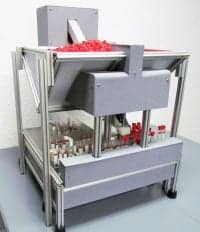Summary
In recent years, clinical laboratories have increasingly embraced automation to address challenges such as staffing shortages, budget constraints, and inefficiencies in manual processing. This article explores the shift towards automated systems in clinical labs, highlights relevant technologies, and discusses trends affecting laboratory operations.
Key Takeaways
- Automation helps laboratories navigate staffing and budget challenges.
- Manual processing inefficiencies are spurring the adoption of automated systems.
- Manufacturers are meeting the evolving needs with innovative diagnostic instruments and assays.
- New technologies contribute to more reliable and efficient testing processes.
The landscape of clinical laboratories is evolving rapidly, with a strong focus on automation. As laboratory professionals stroll through exhibit halls showcasing the latest instruments, it’s apparent that manual methods are increasingly being replaced by automated systems. This shift isn’t just an industry trend; it addresses critical challenges such as reduced staffing, budget constraints, and the limitations of manual processing. Automation offers both practical and strategic benefits by ensuring consistent results and minimizing human error.
For laboratory technicians, the transition to automated systems promises to streamline operations and improve productivity. Consider the case of high-throughput laboratories where automated platforms have become indispensable. These platforms handle the complex workflows involved in diagnostic testing, from sample preparation to analysis, thereby reducing the time and labor traditionally required for manual assays. The added efficiency allows laboratory staff to focus on interpreting results and developing insights, rather than performing time-consuming manual tasks.
Emerging Technologies and Their Impact
The adoption of automation in clinical laboratories is driven by technological advancements that offer enhanced capabilities and reliability. For instance, integrated systems combining technologies such as robotics, artificial intelligence (AI), and advanced software are revolutionizing laboratory operations. These systems facilitate end-to-end automation, reducing the need for human intervention.
AI plays a crucial role in elevating the capabilities of automated systems. AI-driven algorithms can analyze large volumes of data swiftly and accurately, providing diagnostic insights that would otherwise be labor-intensive to obtain. Furthermore, advanced software systems enable real-time monitoring and decision-making, ensuring that laboratory operations remain efficient and effective.
In addition to AI, improvements in robotics are enabling more precise handling of samples, reducing contamination risks, and ensuring the reliability of test results. Automated liquid handling systems, for example, execute pipetting tasks with precision and consistency, crucial for molecular diagnostics and other sensitive assays.
Regulatory Updates and Best Practices
As laboratories transition towards automation, staying informed about regulatory changes is vital. Regulatory bodies such as the FDA have been updating guidelines to accommodate these technological advancements. These updates ensure that automated systems meet stringent safety and efficacy standards, providing reassurance to laboratories implementing new technologies.
To leverage automated systems effectively, laboratories must adopt best practices in system integration and data management. Proper training for lab technicians can aid in this transition, ensuring that they are proficient in utilizing the new technologies. Continuous evaluation and calibration of automated instruments are also paramount to maintaining their performance and accuracy over time.
Collaborative efforts between laboratories and manufacturers can lead to tailored solutions that meet specific operational needs. Open communication channels can facilitate the development of systems that not only automate manual processes but also adapt to the dynamic requirements of clinical diagnostics.
Ultimately, embracing automation in clinical laboratories is not solely about adopting new technologies but also about transforming workflows to improve efficiency, accuracy, and patient outcomes.
Conclusion
The transition toward automation in clinical laboratories addresses critical staffing and budget challenges while enhancing operational efficiency. As technological advancements continue to drive this shift, laboratories can expect improved diagnostic capabilities and more reliable testing processes. By staying informed and adopting best practices, clinical lab technicians can effectively navigate the evolving landscape of laboratory operations.





